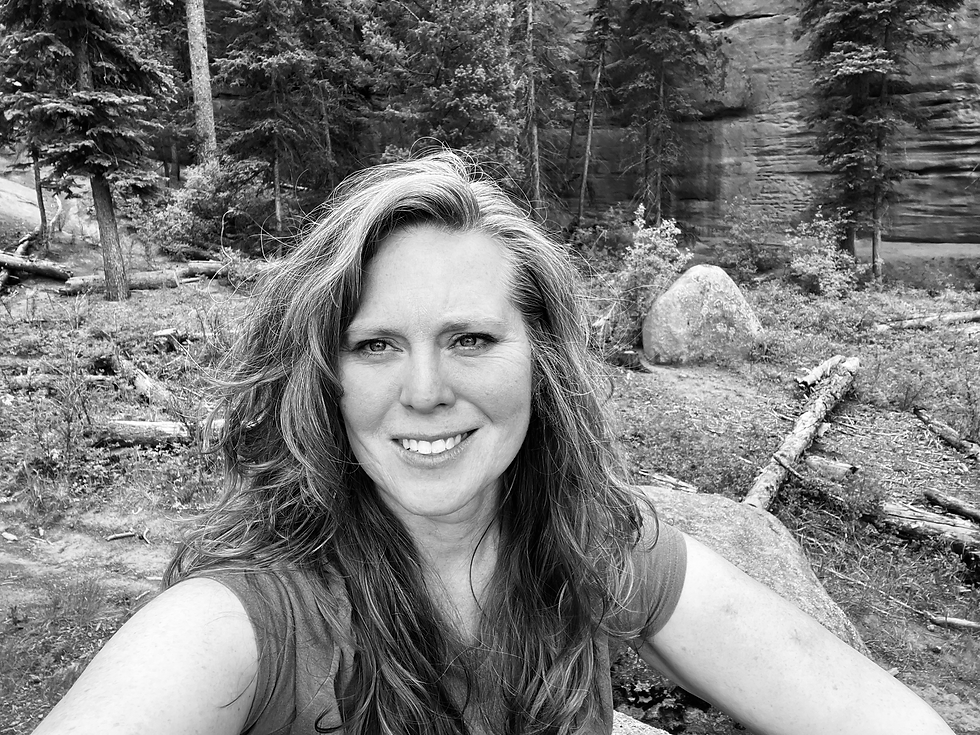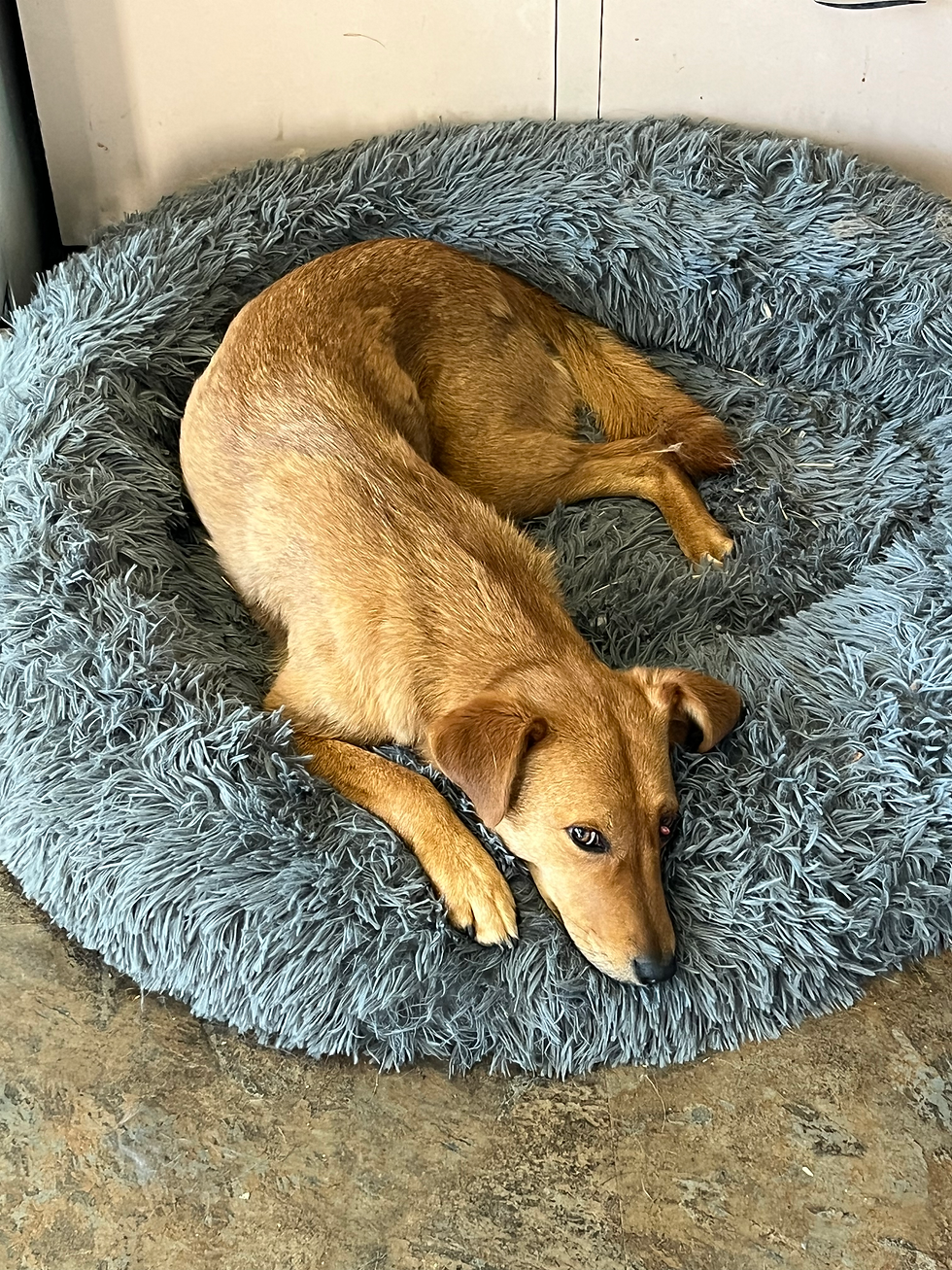It Isn’t About the Pose—It’s About Permission (and Support)
- mrglhic
- Jul 20
- 3 min read
What Restorative Yoga Can Teach Us About Healing from the Inside Out

I used to think I was doing restorative yoga wrong.
I couldn’t cue the breath.I couldn’t feel it half the time.
I couldn’t make my body do the neat, folded postures I saw in books.
And for a long time, I thought that meant I wasn’t really doing it.
But now I know better.
Restorative yoga—real restorative yoga—isn’t about the pose.
It’s about permission.
And even more than that, it’s about support.
What If the Body Can’t Let Go Because It Doesn’t Feel Held?
For many of us—especially those with early trauma, developmental delays, or invisible medical histories—the idea of “relaxing into a pose” can feel absurd. Not because we don’t want to relax, but because our bodies have never truly known what it means to feel supported.
Restorative yoga, at its core, is not about stretching.
It’s about releasing.And release doesn’t happen in response to a command.
It happens in response to support.
Support that’s physical, yes—but also emotional, energetic, and relational.
A bolster is not just a prop. It’s a message to the body:You don’t have to hold yourself together right now.
Space + Contact + Time = Possibility
The poses themselves are simple. Legs up a chair. Chest supported over a bolster. Head turned gently to one side.But the healing isn’t in the shape.
It’s in the relationship between space and contact.
Space to feel what’s underneath the bracing.
Contact to know you’re not falling.
Time to let the next layer surface without needing to manage it.
It’s like watching fascia unwind. You think it’s done—and then it’s not. Another pattern shows up. Another old holding rises to the surface. Another layer you couldn’t feel before begins to speak.
That’s not failure.
That’s integration.
When Breath Has a History
Breath is often treated as a starting point in yoga. But for many of us, breath was never safe to begin with.
To be asked to breathe deeply can feel like a trap.
To be asked to feel the breath can trigger the very dissociation we’re trying to heal from.
For me—and for many clients—breath can’t be the beginning.
It has to be the byproduct of enough safety.
Enough presence.Enough stillness to finally say,Okay. I can be here. I can soften. I can breathe.
That’s why I don’t cue breath in restorative yoga.
Not because I’ve forgotten.
Because I remember.
If You Never Had the Foundation, How Can You Be Expected to Fall?
There’s this myth—especially in yoga and somatic work—that everyone can release into gravity if they just try hard enough.Just breathe. Just soften. Just surrender.
But what if your body never had the developmental integrity to trust the floor?
What if your reflexes didn’t wire properly?
What if your skeletal system never learned how to hold itself from the inside?
Then gravity isn’t comfort.
It’s collapse.
It’s no wonder so many of us live in constant bracing.
Not because we’re doing something wrong—but because our systems never got to do it right in the first place.
Maybe we had a medical diagnosis. Maybe we went through early trauma. Maybe the reflexes never integrated or the deep postural support never came online.
Whatever the reason, we can’t surrender until there’s something inside us capable of holding the rest.
Restorative Yoga Meets You Where You Are
That’s why restorative yoga, when done without force or agenda, is so powerful.
It doesn’t just ask the body to release.
It offers support while the body learns how to receive it.
Through bolsters. Through blankets. Through careful orientation and quiet witnessing.
And with enough time, enough presence, and enough safety, the nervous system begins to soften.
The skeletal muscles begin to trust.
The body begins to reorganize from the inside out.
This is slow work.
It’s not flashy.
But it’s the kind of healing that actually lasts—because it’s not patched on top of dysfunction.It’s built from the ground up.
This Isn’t Passive. It’s Profound.
Lying on the floor with your legs on a chair might not look like much.
But when you’re finally able to feel the ground, when your psoas begins to release without being forced, when your body unwinds tension you didn’t even know was there—that’s not passivity.
That’s presence.
That’s the body doing what it couldn’t do in fight, flight, freeze, or fawn.
And that, to me, is what restorative yoga really is.
A container where bracing gives way to being.
Where permission is the practice.
And where support, not posture, is the medicine.


